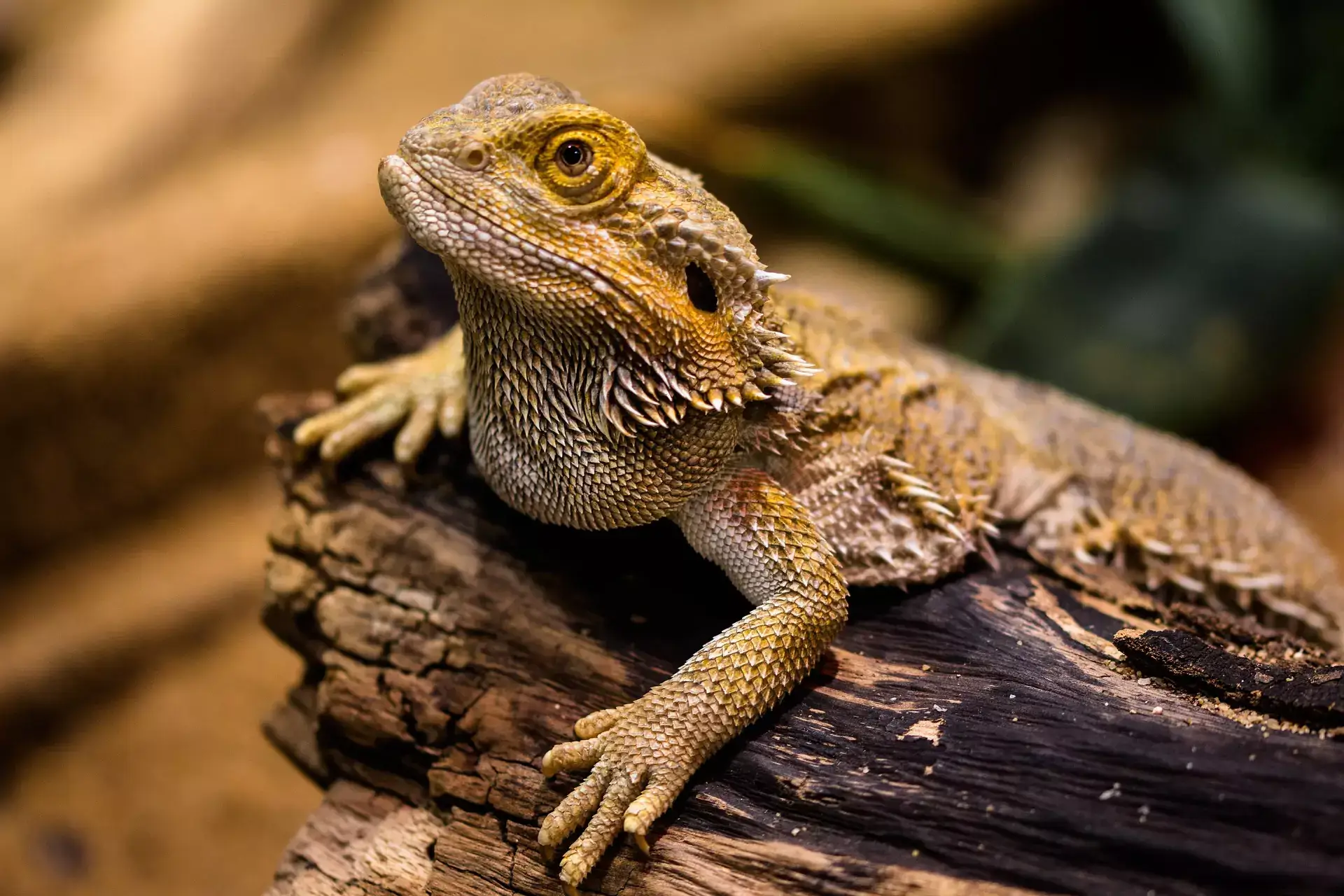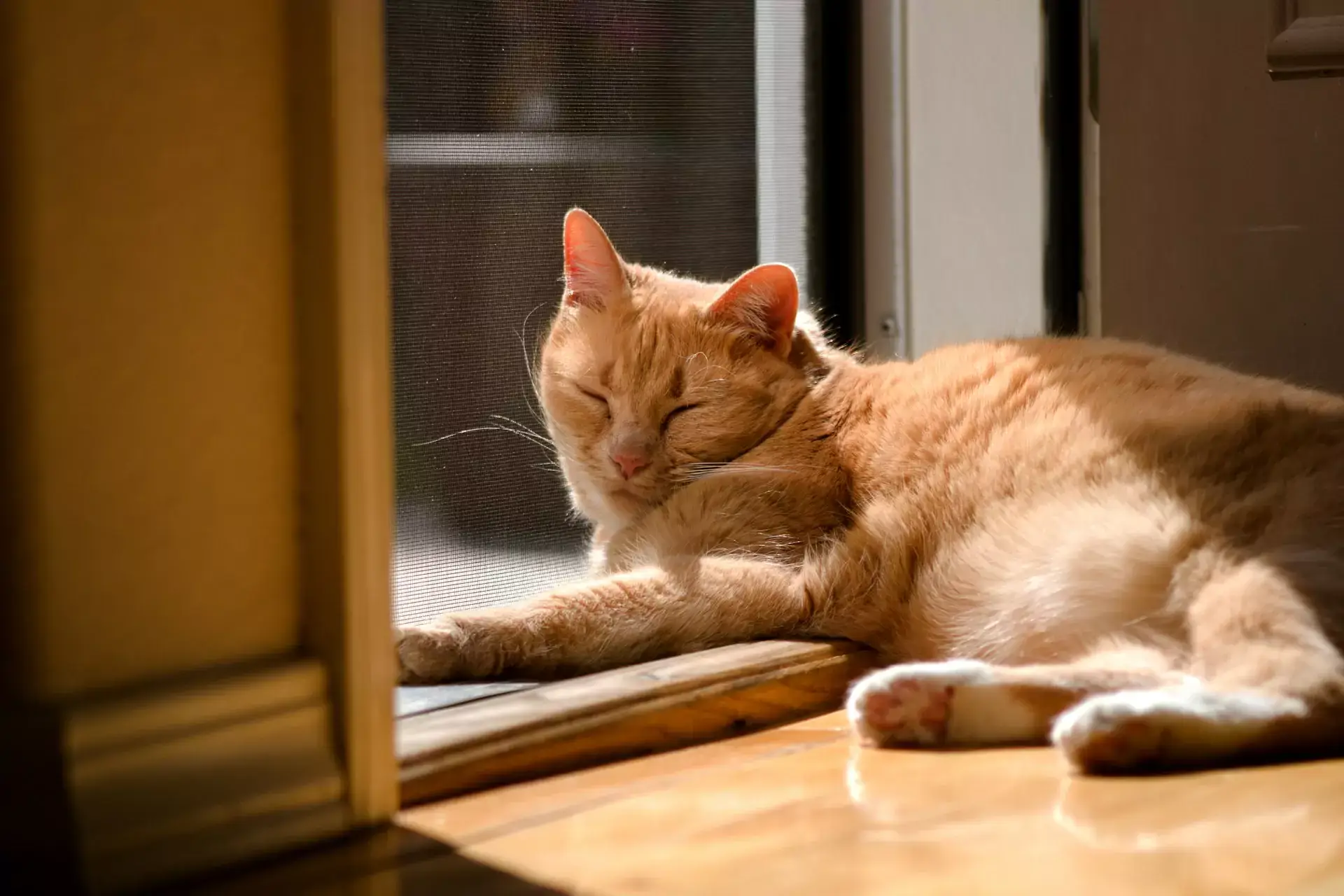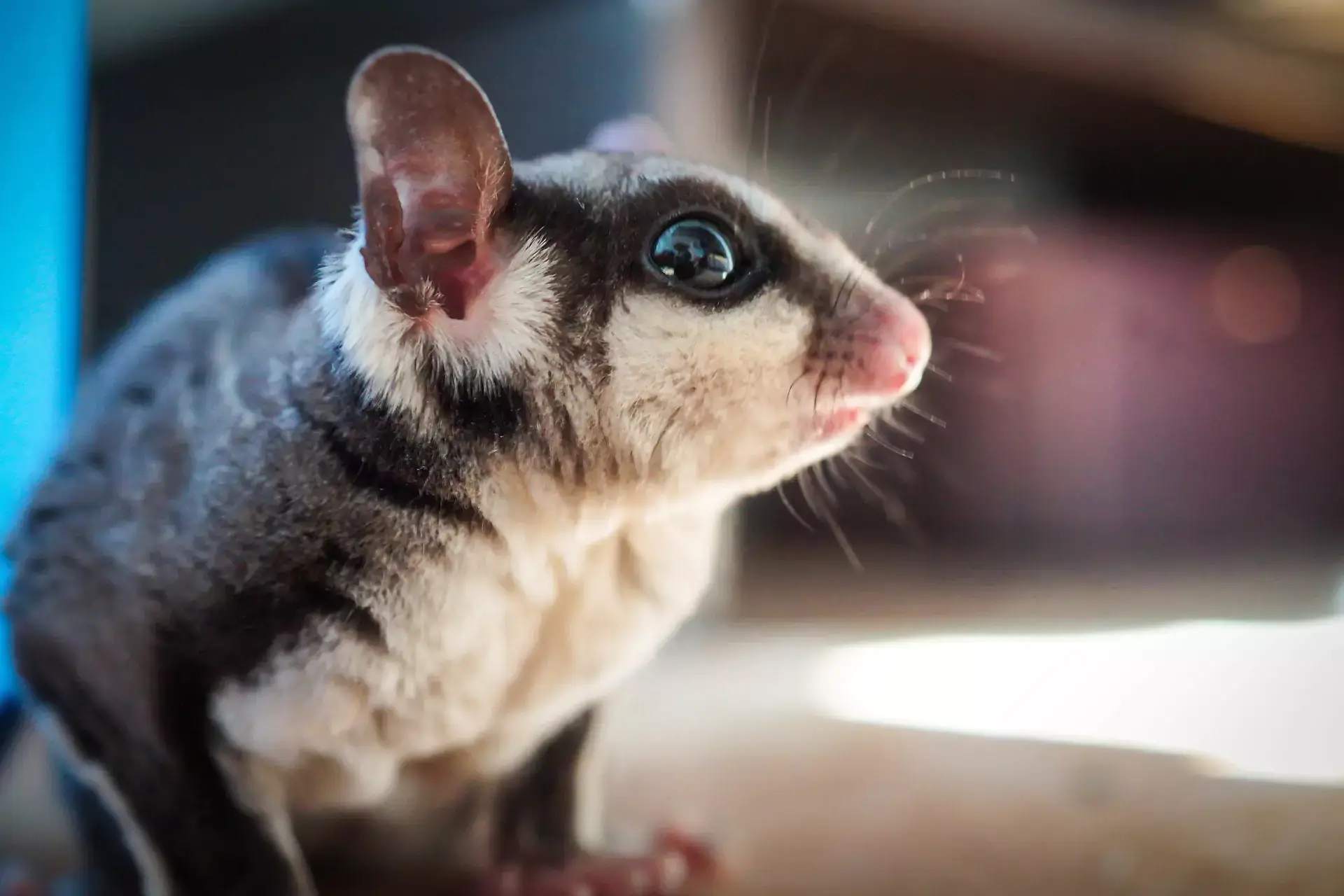Sugar Glider Care FAQS

Sugar gliders are becoming increasingly popular. It’s not difficult to see why. These cute small animals are usually rather inexpensive. They’re also really cute, don’t require much space, and are small enough to easily pass weight restrictions imposed by renters or homeowner associations. Today, many people prefer little animals as pets. Gliders, like any other pet, require extensive care to thrive. This story features a local Brooklyn, NY vet discussing some care advice.
What Are Sugar Gliders?
Many people believe that these lovely little fellas are rodents, but they are actually marsupials. Sugar gliders are indigenous to Australia and Indonesia. They only lately joined the ranks of our companion animals. They first gained popularity in the exotic pet market in the 1990s.
Here are a few fascinating facts.
They Really Glide: These little fellas can glide for up to 150 feet, or 45 meters.
It’s All In The Tail: That beautiful tail will account for around half of a glider’s body length, or about a foot.
They’re Very Delicate: Gliders do not have wings; instead, they have a membrane that spans from their wrists to their ankles, similar to a flying squirrel. This thin’sail’ is known as a patagium. It enables them to jump and glide in the air. However, it is also quite delicate. This is why you should never use a harness on a glider.
They’re Nocturnal: The sugar gliders are most active at night. That is something to bear in mind if you are considering purchasing one for a youngster. If you place the cage in your child’s bedroom, the small furballs may keep him awake at night!
They Have A Sweet Tooth: Sugar gliders enjoy eating sweet treats. (This is where the sugar in their name originates.) In the wild, their natural diets include a variety of fruits, nectar, and honey.
They Make Super Cute Noises: Our animal pals all make their own distinct sounds. Sugar glider vocalizations frequently sound like a little dog barking.
They Get Lonely Without Friends: Gliders reside in big colonies that can contain up to 15 gliders. You don’t have to adopt that many, but you should have at least two. If your cute pet lacks companionship, he will become melancholy and lonely.
What Type Of Cage Do Gliders Require?
Sugar gliders aren’t difficult to care for, but they have extremely specific requirements. You’re going to need a pretty big cage. We recommend you get one that is at least 24″W x 36″H. However, bigger is always preferable. These guys enjoy climbing, so you’ll need something that is taller than it is wide. The bars should be less than a half-inch apart to prevent your glider from becoming stuck and injuring itself. You’ll want something with enamel or powder coating. Wire cages can cause injury.
Non-treated wood shavings, shredded newspaper, and commercial liners or substrates can all be used as bedding. Check with your vet about this, as many popular substrates are hazardous to gliders.
Don’t forget the furnishings! You’ll need accessories, toys, and hides. Hammocks, bags, swings, ladders, and tents are some examples of items you could include. Your pets will also appreciate branches, (big) rings, bells, and bridges. Of course, you’ll also need dishes.
Be sure to consult your veterinarian for particular recommendations.
What Do Sugar Gliders Eat?
You can feed commercial glider food to your pets, but you’ll need to supplement it with other safe foods like arugula, dill, or radicchio. For treats, you can provide things like applesauce and honey sticks.
It’s also critical to understand what isn’t safe for your dogs. Avoid foods strong in calcium and oxalates, such as spinach, carrots, beets, pears, lettuce, figs, raspberries, strawberries, blackberries, and collard greens. Chocolate, garlic, and anything heavy in fat, salt, or sugar are also considered dangerous foods. Consult your veterinarian for particular recommendations.
How Long Do Sugar Gliders Live?
Sugar gliders can live up to fifteen years. That is a lot for a small animal; most smaller pets live only a few years. One of the numerous considerations you should make before adopting sugar gliders is their lengthy lifespan.
What Are Some Of The Common Symptoms Of Sickness in Sugar Gliders?
Gliders are little animals that are prone to a variety of illnesses and disorders. You’ll need to conduct some study to learn about prevalent health conditions and warning indicators to look for.
Below are some red flags:
- Constipation
- Eye Problems
- Diarrhea
- Lethargy
- Obesity
- Lack of appetite
- Abnormal breathing
- Dragging their hindlegs
- Hair loss
- Anorexia
- Seizures
- Shaking
- Vomiting
If you detect any of these symptoms, immediately contact your Brooklyn, NY veterinarian.
How Do You Bond With A Glider?
Gliders, like many other small creatures, are prey in the wild and can be rather cautious. It may take some time to gain their trust. However, once you’ve earned it, you’ll notice that he or she becomes quite connected to you. Gliders frequently form bonds with entire families due to their strong social nature. (Of course, they will become most devoted to those who care for them.) Once bonded to someone, they will be devastated if they are separated or rehomed. As a result, we highly advise avoiding purchasing gliders unless you are certain that you will keep them for their entire lifetimes. Otherwise, go with something shorter-lived, such as a gerbil or Guinea pig.
Here are some suggestions for bonding with your little buddies:
- Use A Tent: Making a small tent and petting your little friends inside can be an excellent method to get them accustomed to you.
- Offer Treats: Remember the traditional adage that a man’s heart is found in his stomach? This also applies to many pets. Giving your young furballs delicious goodies is an excellent method to help them create a favorable association with you. Just stick with safe selections and avoid overdoing it. Consult your vet for guidance.
- Make It Fun! If you want to really spoil your tiny companions, consider purchasing or crafting a unique glider apron. This may seem stupid, yet many gliders enjoy them! If you want to go all out, build a climbing wall for your pets.
- Wear Pouches: Sugar gliders enjoy curling up in little hammocks. Wear a hoodie with a pouch and allow them to sleep on it.
- Make Your Scent Familiar: Gliders are extremely scent-oriented. Putting an old t-shirt in your pet’s cage can help them become accustomed to your scent.
Speak With Your Veterinarian For More Sugar Glider Care Tips
This is only a very basic summary of sugar glider care. There is a great deal more stuff to cover. Sugar gliders are pretty unique. Their care requirements are similar to those of a pocket pet in some aspects and closer to those of birds in others. Before adopting a pet, as with any other, you should do lots of research, and make sure that you are ready to commit. Don’t be afraid to ask your Brooklyn, NY veterinarian for tips and advice. We are always willing to help!
Book An Appointment At Our Brooklyn, NY Pet Clinic.
Do you have any questions about sugar glider care? Please contact us, your Brooklyn, NY pet hospital, today! We are dedicated to providing exceptional treatment.




